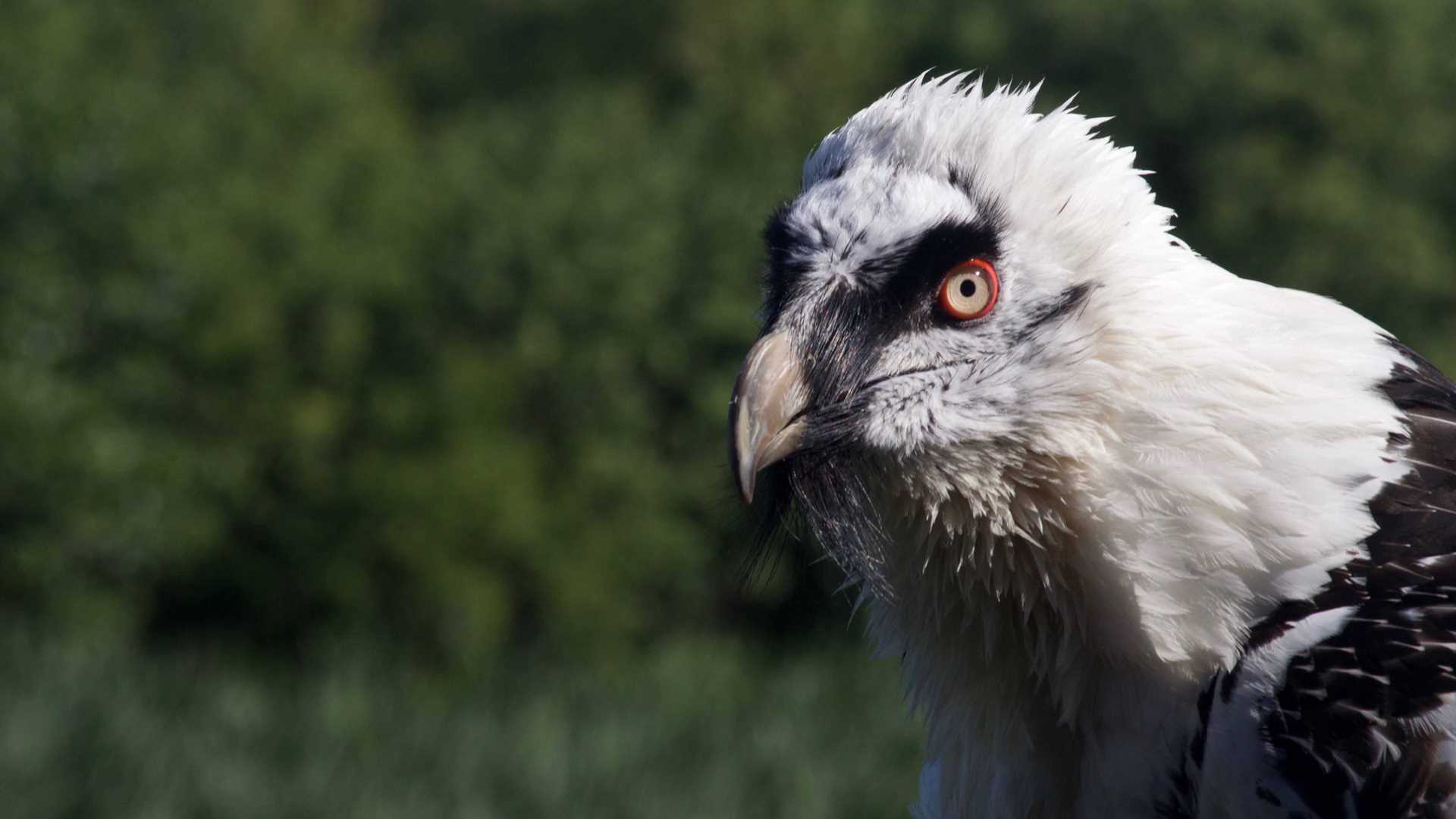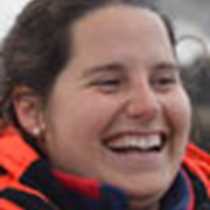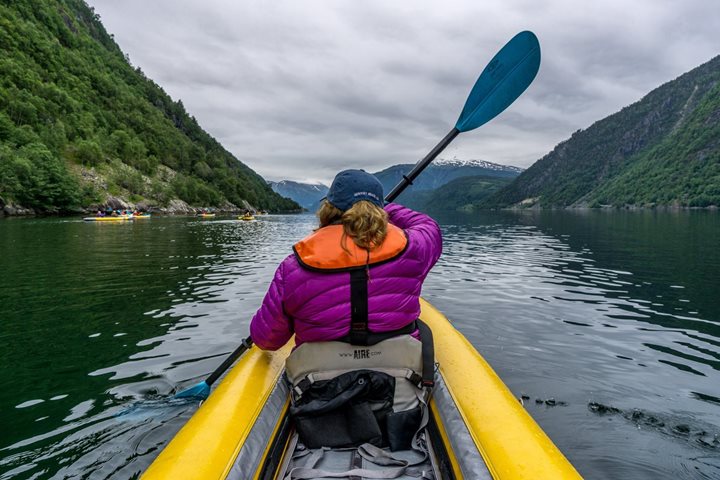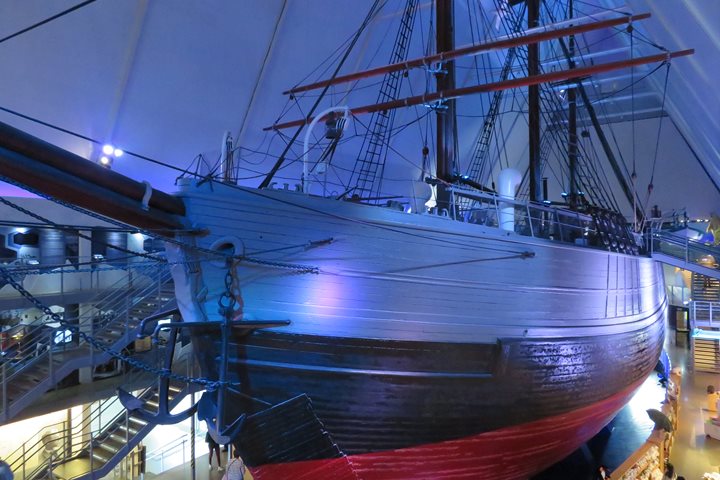At the very tip of Skagen peninsula two seas, Skagerrak and Kattegat, meet creating an outstanding scene. Here you can watch the waves from the two seas breaking in Skaw reef. It was beautiful to drive through the green peaceful farmlands where Icelandic horses graze the pasture.
At Eagleworld we got very close encounters with big eagles, such as golden and sea eagles, and other birds of prey, learning about their characteristics and behaviour. Falconers have used these birds for many years to hunt. Their preying abilities are absolutely remarkable.
One of the highlights of Skagen is the Rabjerg Mile, Northern Europe’s largest migrating sand dune. This is the only desert like landscape in Denmark, moving about 15m a year. We left our bus surrounded by green dune vegetation and suddenly emerged into what seemed to be an endless dune. At the top of the dune we could see the sand progressing eastwards, surrounded by the Skagerrak and Kattegat. This dune area is an important ecosystem for many migrating birds.
By the end of the 19th century an international artistic colony emerged in Skagen. Artists from all over Europe gathered here and developed astonishing artwork. Many painters such as P.S. Kroger, sought inspiration from the countryside, the colours and light, the local fishermen and especially the harsh living conditions of the area, for their pieces.
We had several options for our afternoon. Some went on a bike ride up to the west coast to old Skagen. Gammel Skagen was originally a small fishing hamlet that has today become a fancy resort area for the Danes. We also visited the sand covered church, Den Tilsandede Kirke, built in the 14th century. In the 17th century a great sand drift covered the church leaving only the tower in sight.
For the history enthusiast the afternoon theme was Second World War bunkers. Former Colonel, Michael Svejggard, led us around the German coastal defence bunkers built at Skagen during the occupation of Denmark. Although they are in a remarkable state of preservation, coastal erosion means that these bunkers, which were once 100m from the sea, are now on the shoreline.
Just as we arrived from our afternoon’s activities, we had a taste of herring and aquavit supplied by a lovely local guide born and raised in Skagen. And what could be a better way to finish our day than a concert with an incredible performance by Lunau & Sund, sharing not only their passion for music but also their love story.







